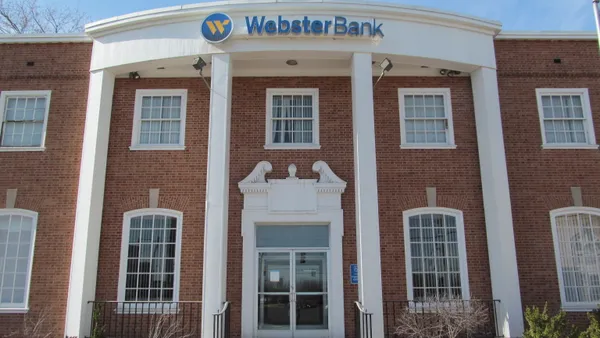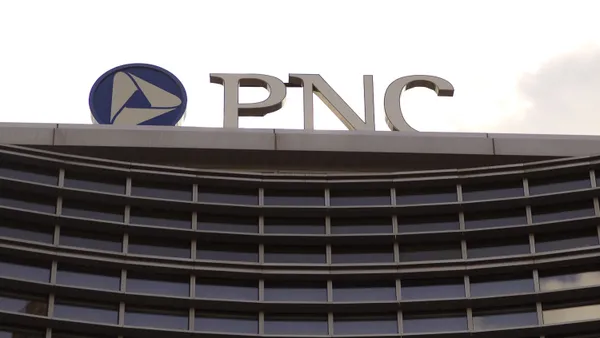New York-based fintech Moven is partnering with digital banking software company Q2 to provide a turnkey digital "bank-in-a-box" that can be deployed by a traditional bank in as little as 30 days, the companies announced Tuesday.
The initial product rollout will focus on Moven's aggregation and savings tools used in conjunction with Q2's cloud-based core processor, CorePro, the companies said. Moven and Q2 plan to launch the solution around the end of January.
The partnership enables any credit union or bank to use their charter and deliver their own digital-only channel to acquire deposits or new customers in a few weeks, said Rahm McDaniel, vice president of strategic solutions at Q2.
"Rather than having a nine-month implementation cycle, we think we can cut that down radically, because everything we do together is going to be pre-integrated and have a somewhat limited-by-design set of functionalities," McDaniel said.
Moven's alliance with Austin, Texas-based Q2 is the company's first major core partnership in the U.S.
Brett King, Moven's founder and chairman, announced in March that he was closing the challenger bank side of Moven's business, which he launched in 2011, to focus on growing its enterprise software business, Moven Enterprise.
The fintech had planned to spin off its digital bank this year, but the coronavirus crisis put a dent in the project's funding.
The company's latest partnership with Q2, which was brokered by fintech veteran and Jamestown Associates Managing Partner Bryan Clagett, represents Moven's pivot from a direct-to-consumer finance model to a business-to-business (B2B) one.
As the two companies continue to work together, McDaniel said they plan to roll out more options and configuration choices for the institutions they work with.
"Now any bank can have its own Marcus or Chime in a matter of a few weeks," Paul Walker, general manager of Q2's banking-as-a-service division, said in a statement.
The goal of the partnership is to help banks streamline what McDaniel said has become a complicated and expensive process.
"Banks have to go through the core selection process, a front-end vendor selection process, both sides have to do their integrations, both sides have to integrate with each other, the account opening, all the disclosures, the product selection … all that stuff has to be scoped, defined, purchased and budgeted," McDaniel said. "By trying to create this as a DIY, choose-your-own-adventure story, banks are finding it impossible to innovate. What we're trying to give them is the ability that every innovator has: the ability to move fast.”
The companies declined to comment on how much their new bank-in-a-box solution will cost, but Clagett said he thinks the offering will be a cost-efficient solution for any financial institution looking to launch its own challenger bank.
"I would compare it to a marketing budget. This is within the realm of the financial capabilities of most banks when I think of what they spend on advertising in their campaigns," he said.
The companies expect the new product will be attractive to community and regional banks, but McDaniel said the solution could also make sense for a "tier 1" bank.
"I think there's some $50 billion-plus players out there that are going to have a very strong interest in this product," Clagett said. "I think there's going to be a number in the $2 billion to $10 billion range. That being said, the product is affordable for the $750 million financial institution."
Moven and Q2's collaboration offers a solution for banks that are losing market share to a growing number of challenger banks, Clagett said.
"Banks want to compete in new and exciting ways. The boardroom conversations right now are about what do we do about margin compression? What are we doing about cost? How do we gain market share? And how do we fend off the challengers, which are nibbling away?" Clagett said. "There's billions of dollars of deposit displacement that's occurring today. Banks are losing deposit base. At some point, they'll be losing relationships."















